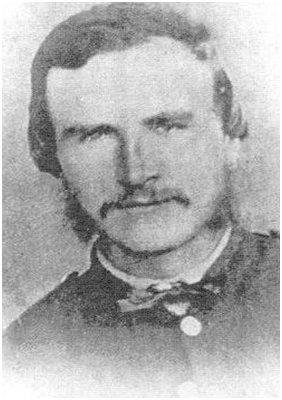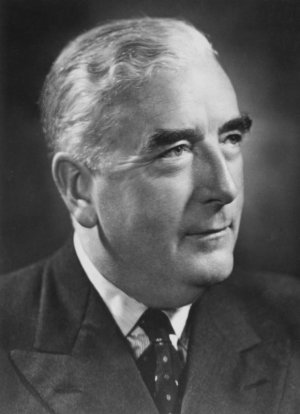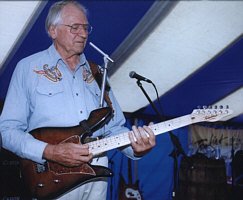Tish
SF VIP
- Location
- Rural N.S.W. Australia
World History
Monday, December 13, 1937. : Nanking, capital of China, falls to the brutal Japanese imperial forces.
Prior to World War II, Japan began a systematic invasion of Chinese territory, beginning with Manchuria in 1931. In the ensuing years, thousands of refugees fled Manchuria and settled in Nanking, or Nanjing, swelling the population of the city from 250,000 residents to over one million. In July 1937, Japan attacked China again, this time near Beijing. The Chinese government did not retreat as it had before, but declared war on Japan, marking the start of the Second Sino-Japanese War, which soon became another facet of World War II.
To break the spirit of Chinese resistance, Japanese General Matsui Iwane ordered that the city of Nanking be destroyed. On November 25, Japanese forces began attacking Nanking in earnest. Then, on 13 December 1937, the Japanese Imperial Army marched into Nanking and commenced a massacre that continued for six weeks. In what became known as the "Rape of Nanking," the Japanese butchered an estimated 150,000 male "war prisoners," massacred an additional 50,000 male civilians, and raped between 20,000 and 80,000 women and girls of all ages, often mutilating, disembowelling or killing them in the process. Some figures suggest that 300,000 innocent Chinese died during the carnage.
It is estimated that during the Japanese occupation of China, at least fifteen million Chinese soldiers and civilians were killed. The city of Nanking still sombrely commemorates the atrocities committed by the Japanese army upon its citizens. After World War II, Matsui was found guilty of war crimes by the International Military Tribunal for the Far East, and executed.
Monday, December 13, 1937. : Nanking, capital of China, falls to the brutal Japanese imperial forces.
Prior to World War II, Japan began a systematic invasion of Chinese territory, beginning with Manchuria in 1931. In the ensuing years, thousands of refugees fled Manchuria and settled in Nanking, or Nanjing, swelling the population of the city from 250,000 residents to over one million. In July 1937, Japan attacked China again, this time near Beijing. The Chinese government did not retreat as it had before, but declared war on Japan, marking the start of the Second Sino-Japanese War, which soon became another facet of World War II.
To break the spirit of Chinese resistance, Japanese General Matsui Iwane ordered that the city of Nanking be destroyed. On November 25, Japanese forces began attacking Nanking in earnest. Then, on 13 December 1937, the Japanese Imperial Army marched into Nanking and commenced a massacre that continued for six weeks. In what became known as the "Rape of Nanking," the Japanese butchered an estimated 150,000 male "war prisoners," massacred an additional 50,000 male civilians, and raped between 20,000 and 80,000 women and girls of all ages, often mutilating, disembowelling or killing them in the process. Some figures suggest that 300,000 innocent Chinese died during the carnage.
It is estimated that during the Japanese occupation of China, at least fifteen million Chinese soldiers and civilians were killed. The city of Nanking still sombrely commemorates the atrocities committed by the Japanese army upon its citizens. After World War II, Matsui was found guilty of war crimes by the International Military Tribunal for the Far East, and executed.





